
Pakistan, a country with a variety of cultures and history, faces economic turmoil. While some of the statistics may be worrying, the recent trends are an example that shows signs of economic stability and growth. Through combining internal reforms, international collaboration, and projects like the China-Pakistan Economic Corridor (CPEC), and the Special Investment Facilitation Council (SIFC), Pakistan is ready to revitalise its economy and step into the world.
Economic Recovery
The latest United Nations Economic and Social Survey for Asia and the Pacific region, paints a picture of resilience and progress about Pakistan’s economy. Projections indicate a steady acceleration in economic growth, with real GDP expected to rise by 2% this year and 2.3% in the following year. Moreover, inflation, a persistent phenomenon, is anticipated to ease significantly from 26% in 2024 to 12.2% by 2025. Despite recent challenges, these figures underscore a positive outlook for Pakistan’s economic landscape.
At the heart of the economic recovery of Pakistan is the cooperative strategy with international partners. The cooperation of the International Monetary Fund (IMF) with Pakistan along with the participation of donors/friends like China, Saudi Arabia, and the United Arab Emirates, has a great impact on the re-establishment of macroeconomic stability in the country. Alongside IMF’s assistance, that helped to remedy the immediate deficiencies, together with defined reforms, there is some role played by the stable environment, created and maintained by officials of Pakistan.
Also Read: SIFC Driving Economic Transformation
Though we realize that Pakistan has been on a rough road with many obstacles on its way, we also have to recognize this: political turmoil and natural disasters, such as floods have indeed posed serious problems for economic stability and at the same time, have tested national resilience to a level, not seen before. However, even though Pakistan is subjected to such hardships, this country has always proved to be resilient and persistent in the face of these obstacles.
CPEC: A Game-Changer for Pakistan’s Economy
The China-Pakistan Economic Corridor (CPEC) stands as a beacon of hope and a catalyst for economic transformation in Pakistan. Envisioned as a game-changer, CPEC has the potential to reshape Pakistan’s Economic landscape and propel it into a new era of prosperity. However, realising this potential, requires concerted efforts to address underlying issues and maximise the impact of CPEC projects.
Critics have raised concerns about the effectiveness of CPEC and its contribution towards Pakistan’s economic growth. Indeed, challenges such as political instability, governance issues, bureaucratic inefficiencies, and security concerns have posed significant obstacles to the seamless implementation of CPEC projects. Nevertheless, it remains crucial to recognise the transformative potential of CPEC, when coupled with effective governance and strategic planning.
The first phase of CPEC laid the groundwork for critical infrastructure development, including energy projects, transport networks, and the development of Gwadar Port. These investments have already begun to yield dividends, enhancing connectivity, facilitating trade, and bolstering economic growth.
The completion of power projects under the CPEC by the end of 2022, has been critical in reshaping Pakistan’s energy landscape, with these projects currently accounting for a considerable share of the country’s power-producing capacity. With CPEC-backed efforts accounting for a fifth of Pakistan’s total power output, the compound growth rate has risen from 2.7% pre-CPEC era to an astonishing 7% only. One significant accomplishment has been the use of Thar Coal Reserves to create power, resulting in cheaper energy production and relieving the burden of Pakistan’s oil and gas import expenditures.
CPEC’s influence also extends to the transport industry, where the development of highways has considerably improved connectivity and trade efficiency. With over 90% of passenger travel and virtually all freight transportation depending on road transport, the completion and continued expansion of CPEC roads spanning over 1622 km, has transformed Pakistan’s transport infrastructure. This enormous road network currently connects important sections of the nation to major ports like Karachi, Port Bin Qasim, and Gwadar, allowing easier cross-border commerce and strengthening Pakistan’s economic connectedness with the rest of the globe.
As Pakistan enters the second phase of CPEC, there is a renewed focus on industrialisation, socio-economic development, and sustainable growth. Special Economic Zones (SEZs) are poised to attract Foreign Direct Investment (FDI), stimulate exports, and create employment opportunities. Moreover, initiatives aimed at promoting renewable energy sources and enhancing agricultural cooperation, hold the promise of long-term sustainability and resilience.
Addressing Challenges and Maximizing Opportunities through the Charter of Economy
The inception of SIFC is a notable progress towards forming a Charter of Economy, which is a need of the hour. SIFC ensures the establishment of an institutional infrastructure for investment processes by unifying the various impediments to investment as well as creating a conducive investment environment. Through fostering openness, accountability, and private sector involvement, SIFC can top the whole potential of CPEC, and lead to inclusive economic causes.
Furthermore, crafted through a collaborative effort between civilian and military leadership, this specially configured institution of SIFC aims to harness the untapped potential of Pakistan’s vast human capital and resource-rich landscape by attracting FDI and accelerating local development initiatives. Central to the SIFC’s vision is the ambition to transform Pakistan’s economic landscape, with projections indicating a potential $1 trillion economy by 2035. The SIFC sets its sights on a more diversified approach, targeting $100 billion in FDI in the first years of its inspection. SIFC aims to restructure the economy into export-oriented by giving 75 million people direct and indirect work opportunities, boosting export objectives to $70 billion, and progressively lowering imports.
Towards Brighter Future
At last, it can be said that Pakistan is now at the crossroads of its economic status with the chances of substantial growth and development within the reach. From utilising strategic partnerships to domestic policy changes and the incredible leverage provided by the CPEC project, Pakistan can chart a way to continued economic growth that results in a prosperous future for its people. The way in front has perhaps been full of challenges. However, through persistence and vision, Pakistan will unlock its economic potential and ultimately become a resilient and thriving economy on the global stage.
The opinions shared in this article reflect the author’s personal views and do not necessarily align with the institution’s official stance.
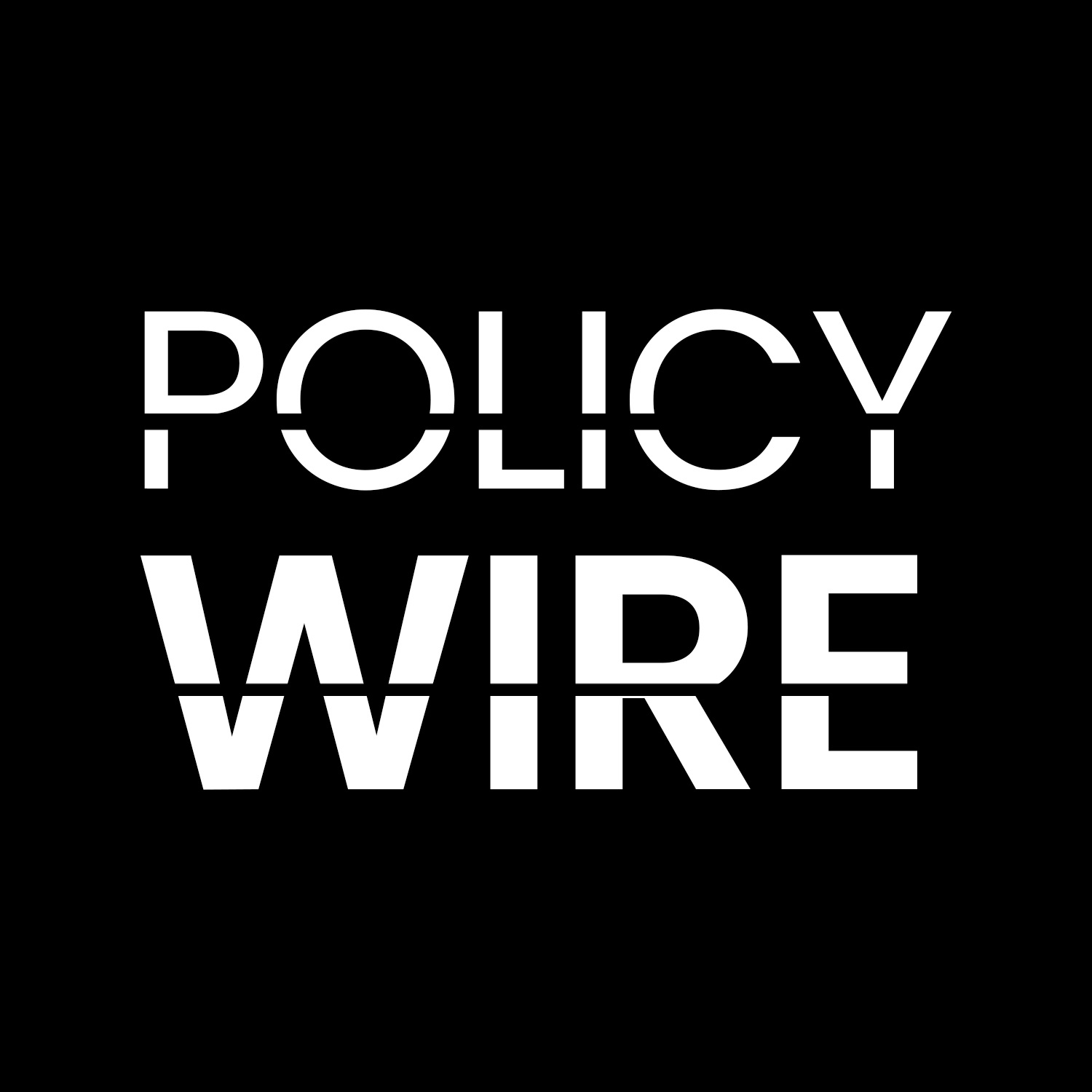
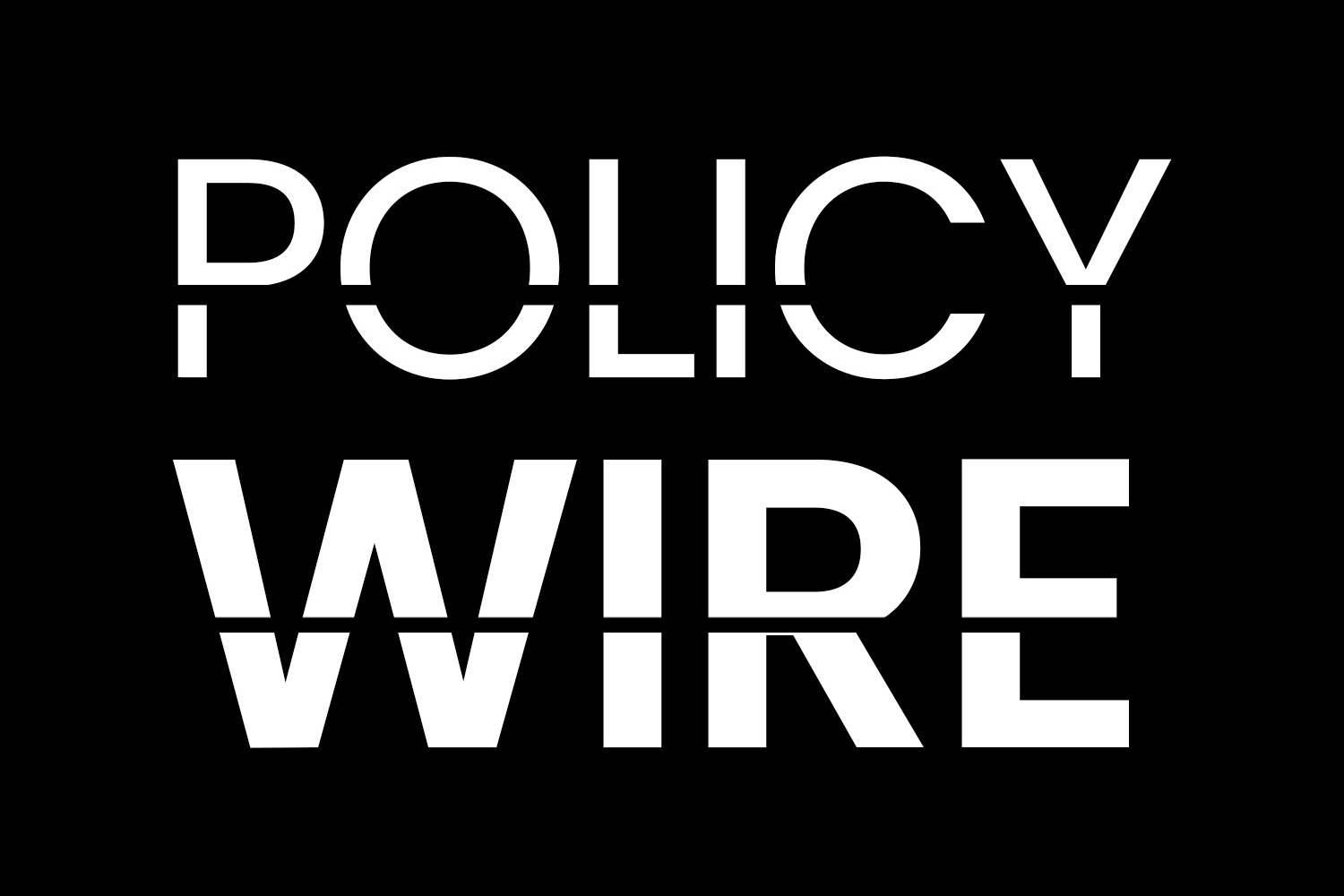



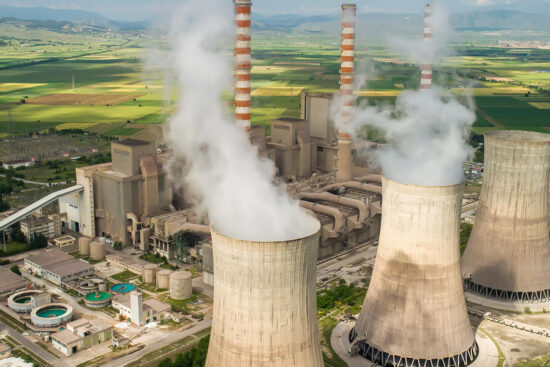
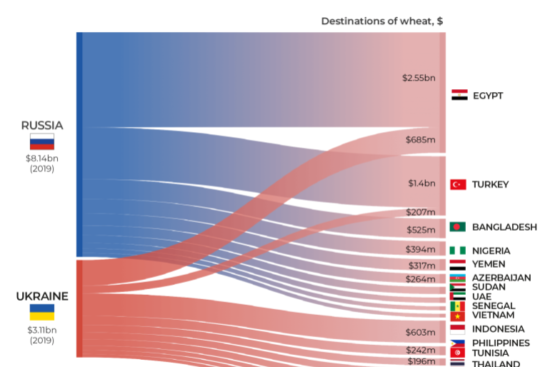

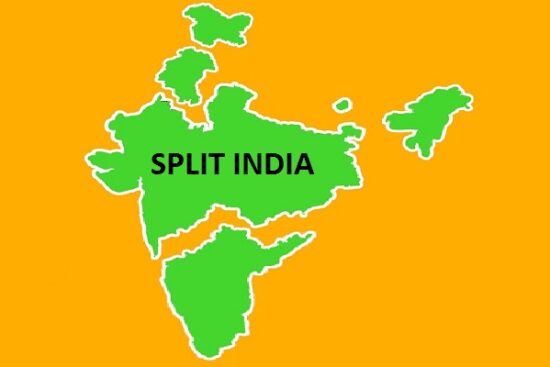
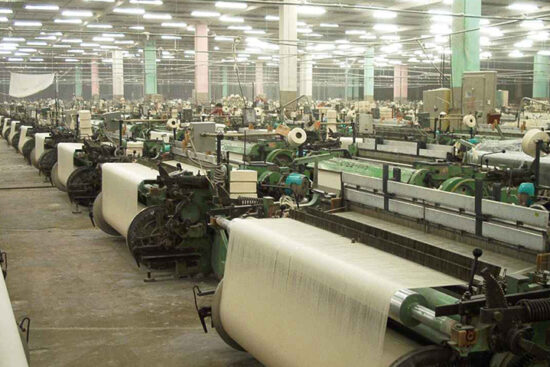









Leave a Reply